The Certosa di Bologna is a former Carthusian monastery (or charterhouse) in Bologna, northern Italy, which was founded in 1334 and suppressed in 1797. In 1801 it became the city’s Monumental Cemetery which would be much praised by Byron and others. In 1869 an Etruscan necropolis, which had been in use from the sixth to the third centuries BC, was discovered here. The Certosa is located just outside the walls of the city, near the Stadio Renato Dall’Ara, at the foot of the Monte della Guardia and the Sanctuary of the Madonna di San Luca.
El Certosa di Bologna es un antiguo monasterio cartujo (o cartuja) en Bolonia, en el norte de Italia, fundado en 1334 y suprimido en 1797. En 1801 se convirtió en el Cementerio Monumental de la ciudad, que Byron y otros elogiarían mucho. En 1869, se descubrió una necrópolis etrusca, que había estado en uso desde los siglos VI al III a. C. El Certosa se encuentra a las afueras de las murallas de la ciudad, cerca del Stadio Renato Dall’Ara, al pie del Monte della Guardia y del Santuario de la Madonna di San Luca.


The public cemetery was established in 1801 using the pre-existing structure of the Certosa di San Girolamo di Casara, founded in the middle of the 14th century that was closed by Napoleon in 1797. The passion of the local nobility and aristocracy for monumental family tombs transformed the Certosa in an “open-air museum,” a stage of the Italian grand tour: it was visited by Byron, Dickens, Theodor Mommsen, and Stendhal. In particular the third cloister (or that of the Chapel) is noteworthy: a tour of neoclassicism-inspired structures with symbology from the age of enlightenment. Some tombs are painted in tempera, others are made of stucco and scagliola.
El cementerio público se estableció en 1801 utilizando la estructura preexistente de la Certosa di San Girolamo di Casara, fundada a mediados del siglo XIV que fue cerrada por Napoleón en 1797. La pasión de la nobleza local y la aristocracia por las tumbas familiares monumentales transformó el Certosa en un “museo al aire libre”, una etapa de la gran gira italiana: fue visitado por Byron, Dickens, Theodor Mommsen y Stendhal. En particular, el tercer claustro (o el de la Capilla) es notable: un recorrido por las estructuras inspiradas en el neoclasicismo con simbología de la época de la ilustración. Algunas tumbas están pintadas al temple, otras están hechas de estuco y escayola.
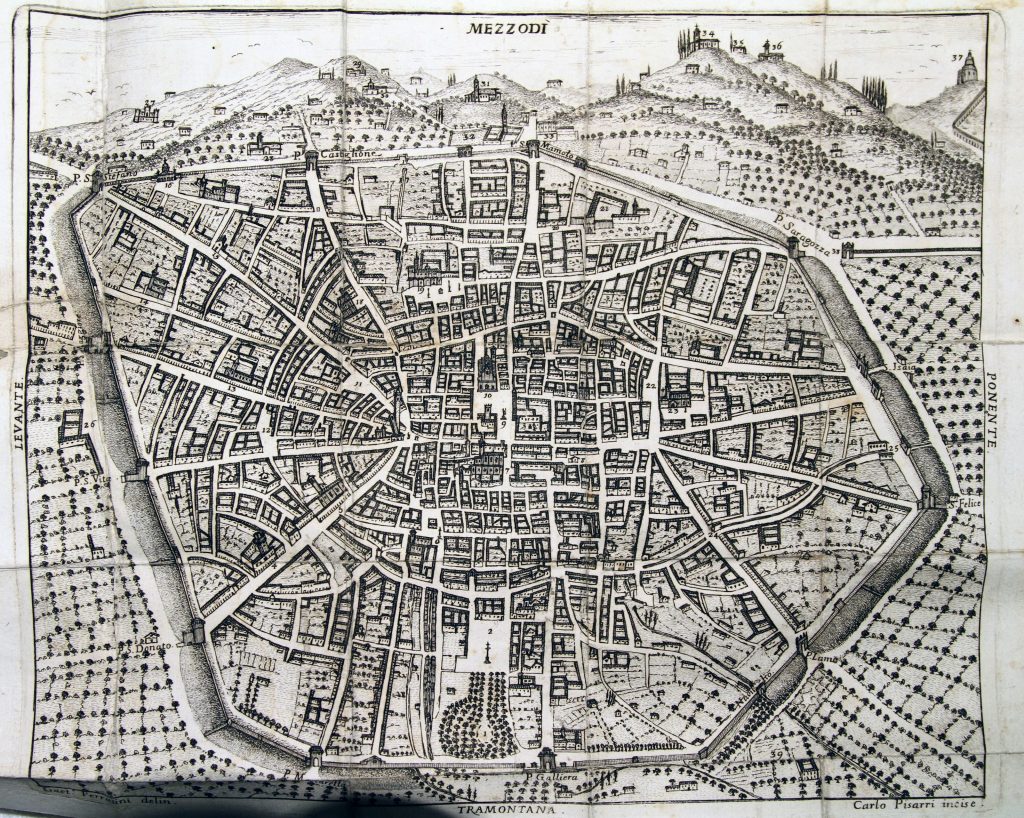
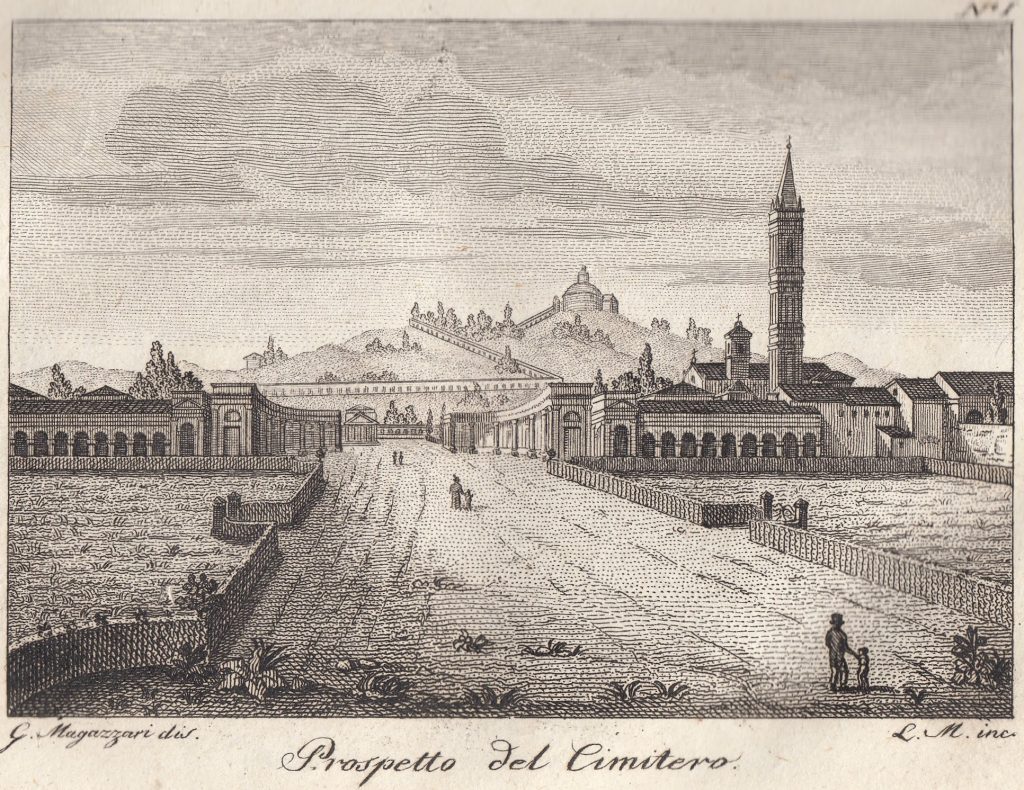
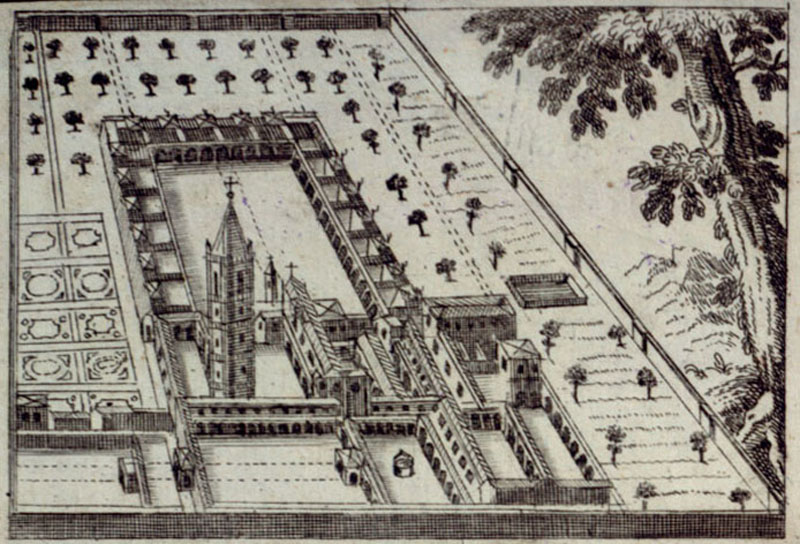
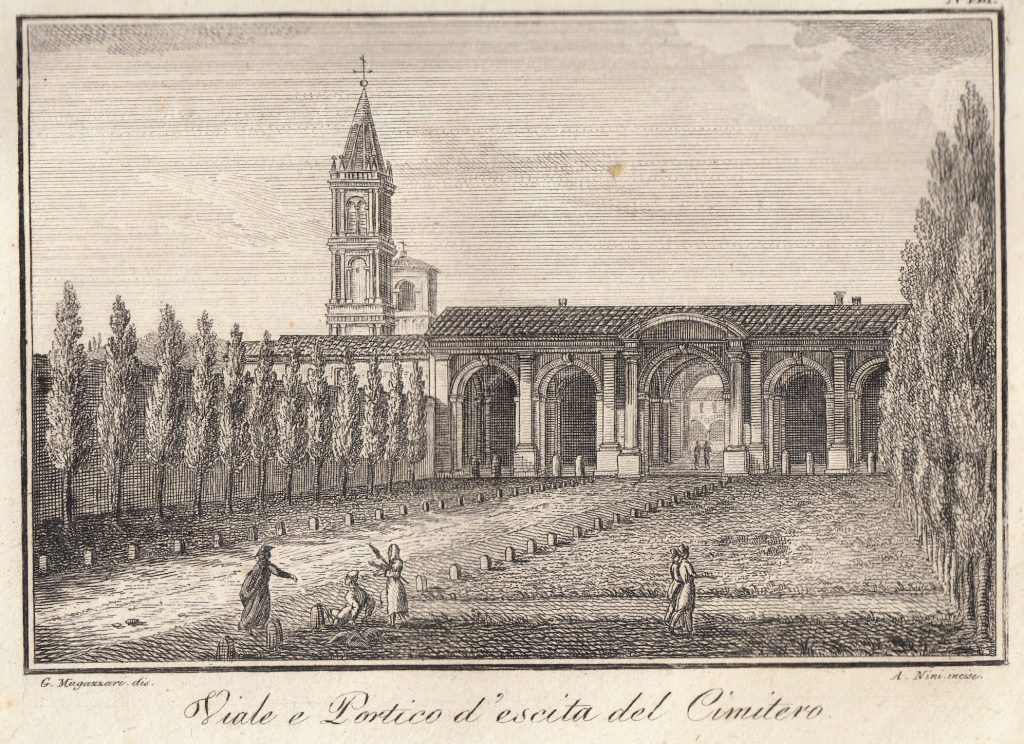


An aspect that distinguishes the Certosa of Bologna from other monumental cemeteries of Europe is derived from the complex articulation of its use of space. To the original convent nucleus were added lodges, rooms, and porticos that recreate glimpses of a setting that recalls the city of the “living”. Even the porticoed eastern entrance of the cemetery, which is linked to the one that leads to the Sanctuary of San Luca with only a small break, creates continuity between necropolis and city. The discoveries from an Etruscan necropolis during archeological excavations organized by the engineer Antonio Zannoni, in order to extend the cemetery at the end of the 19th century, are now in the Civic Archeological Museum of Bologna.
Un aspecto que distingue a la Certosa de Bolonia de otros cementerios monumentales de Europa se deriva de la compleja articulación de su uso del espacio. Al núcleo del convento original se agregaron logias, habitaciones y pórticos que recrean vislumbres de un entorno que recuerda la ciudad de los “vivos”. Incluso la entrada oriental del cementerio, que está unida a la que conduce al Santuario de San Luca con solo un pequeño descanso, crea continuidad entre la necrópolis y la ciudad. Los descubrimientos de una necrópolis etrusca durante las excavaciones arqueológicas organizadas por el ingeniero Antonio Zannoni, para ampliar el cementerio a fines del siglo XIX, ahora se encuentran en el Museo Arqueológico Cívico de Bolonia.
Text via Wikipedia
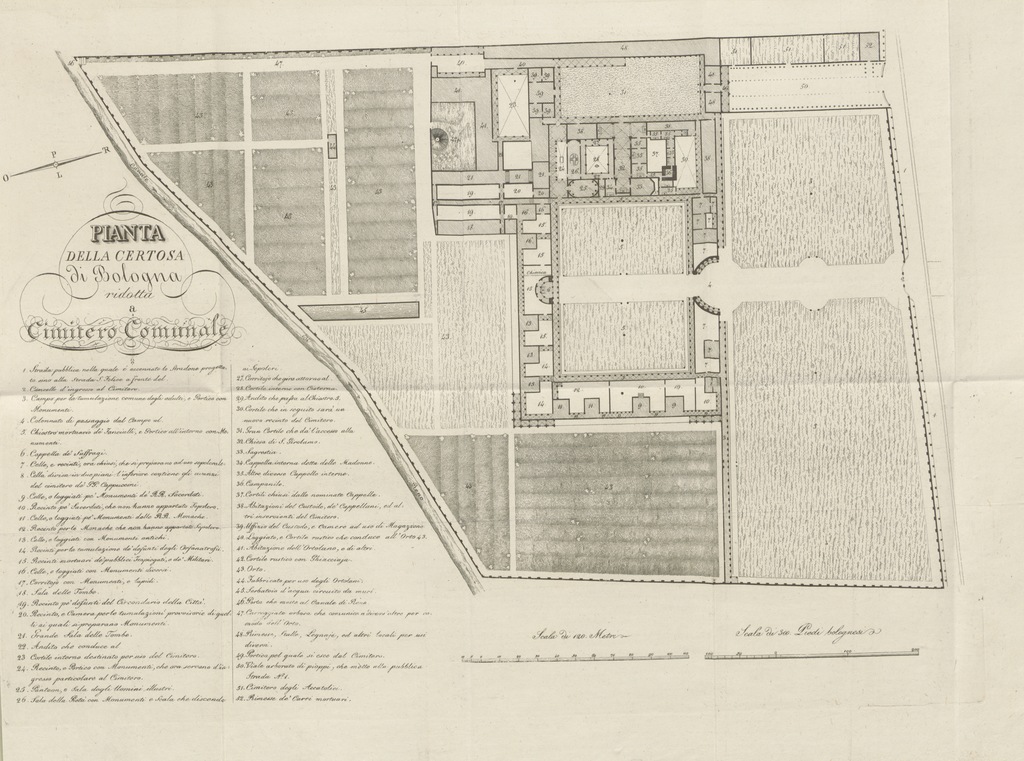

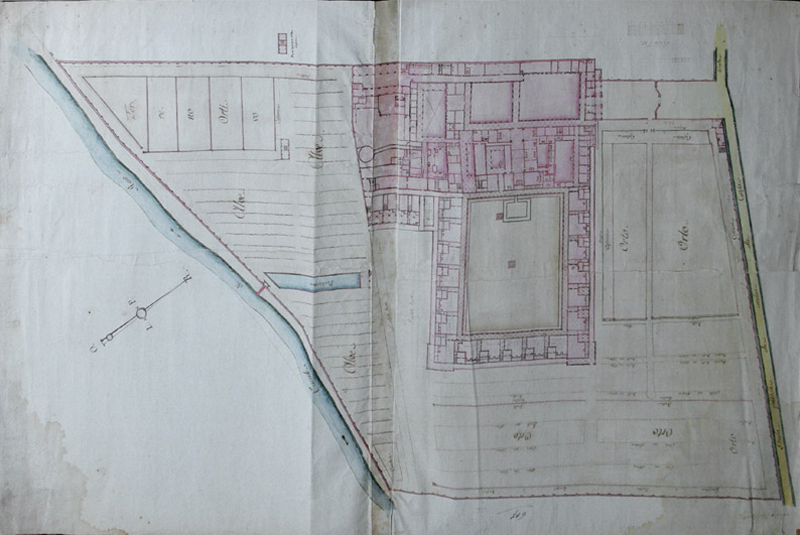
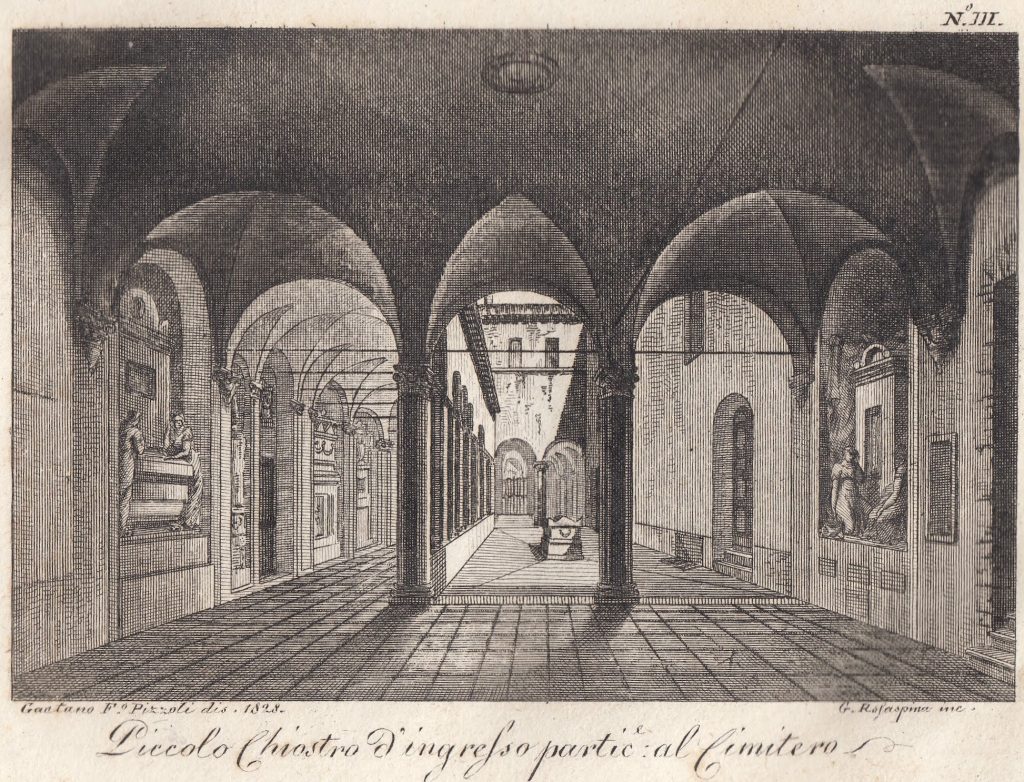
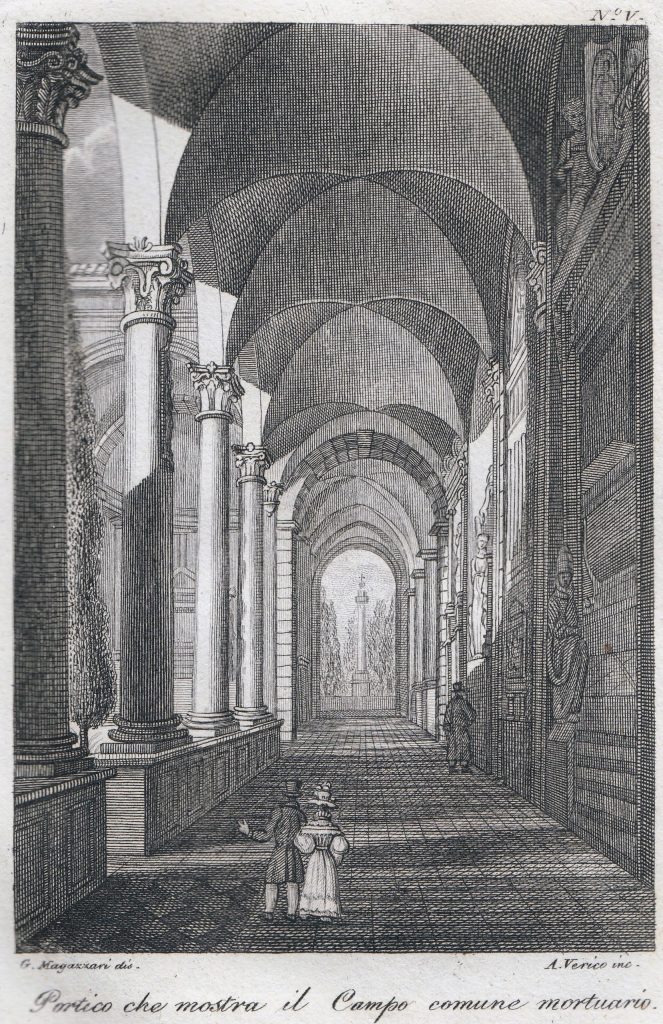
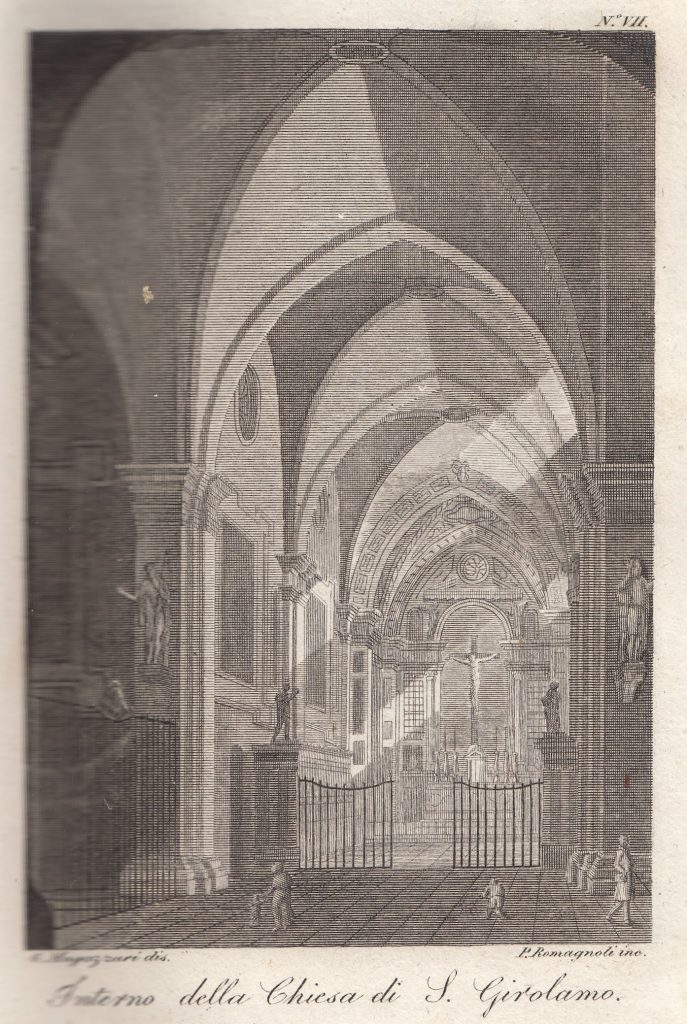

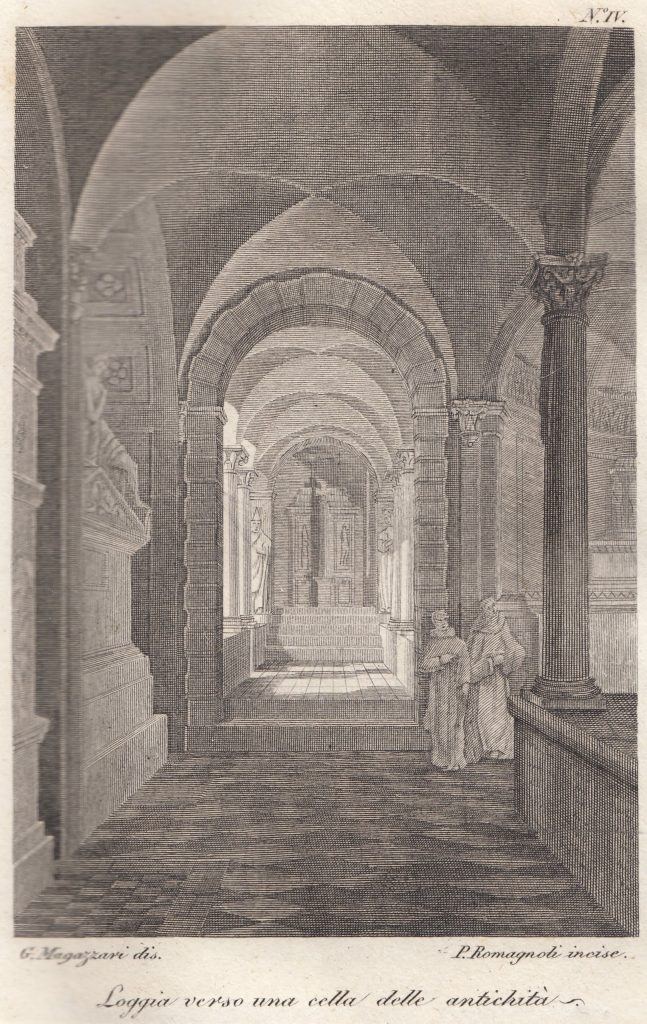
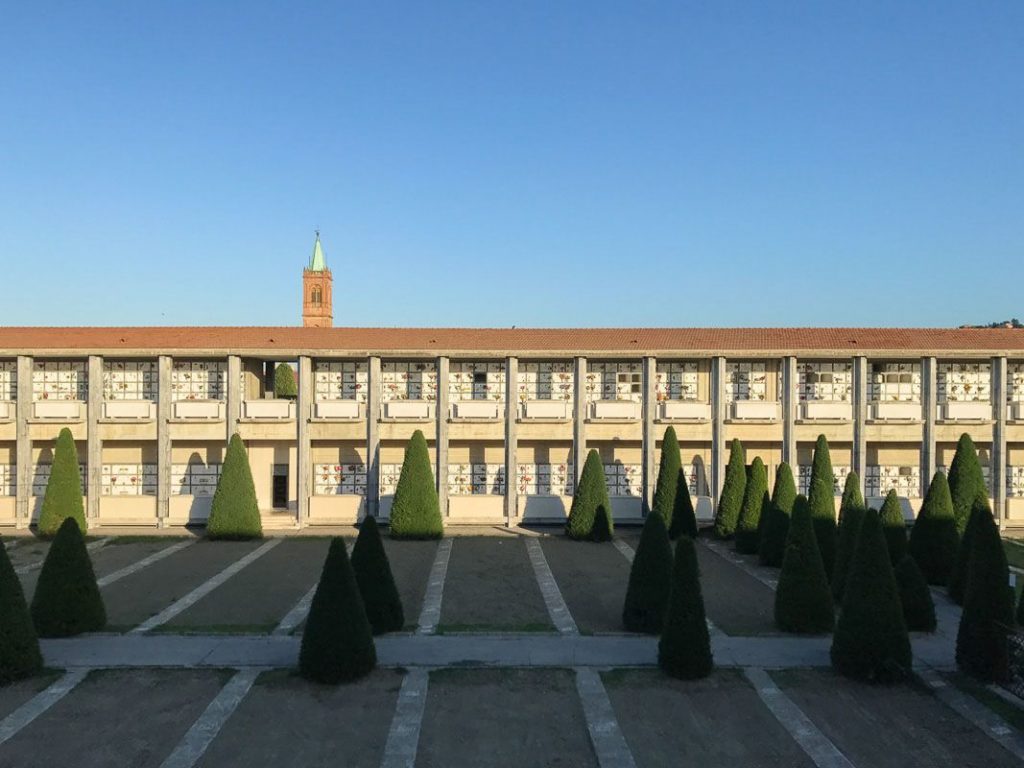
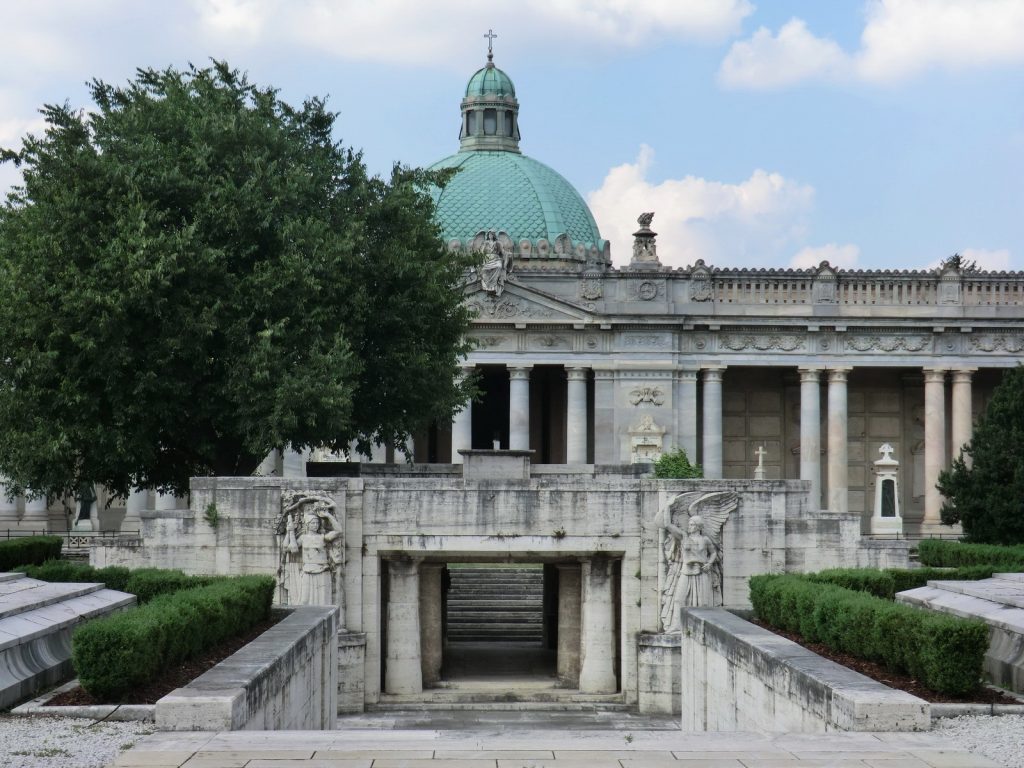
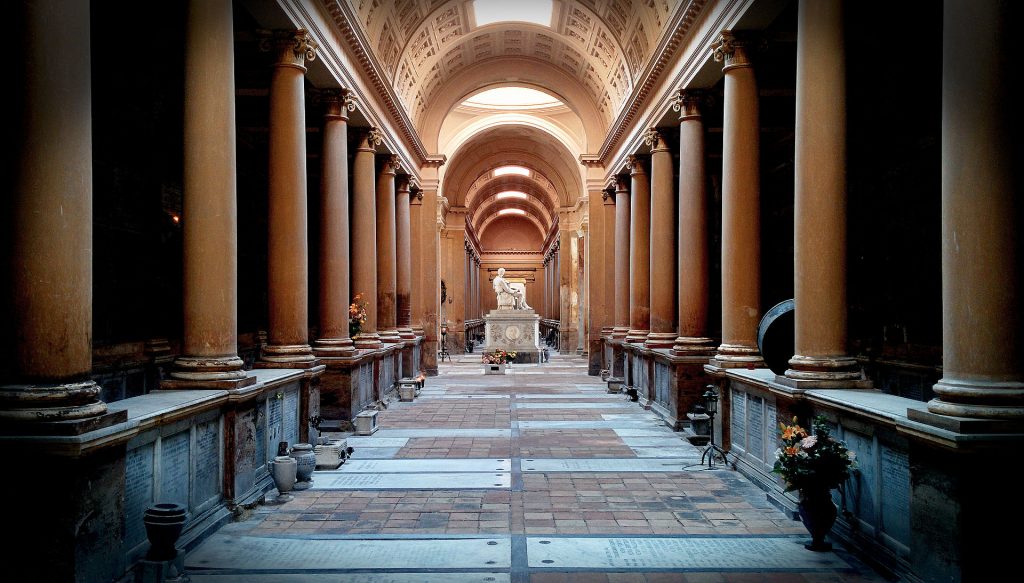
VIA:



